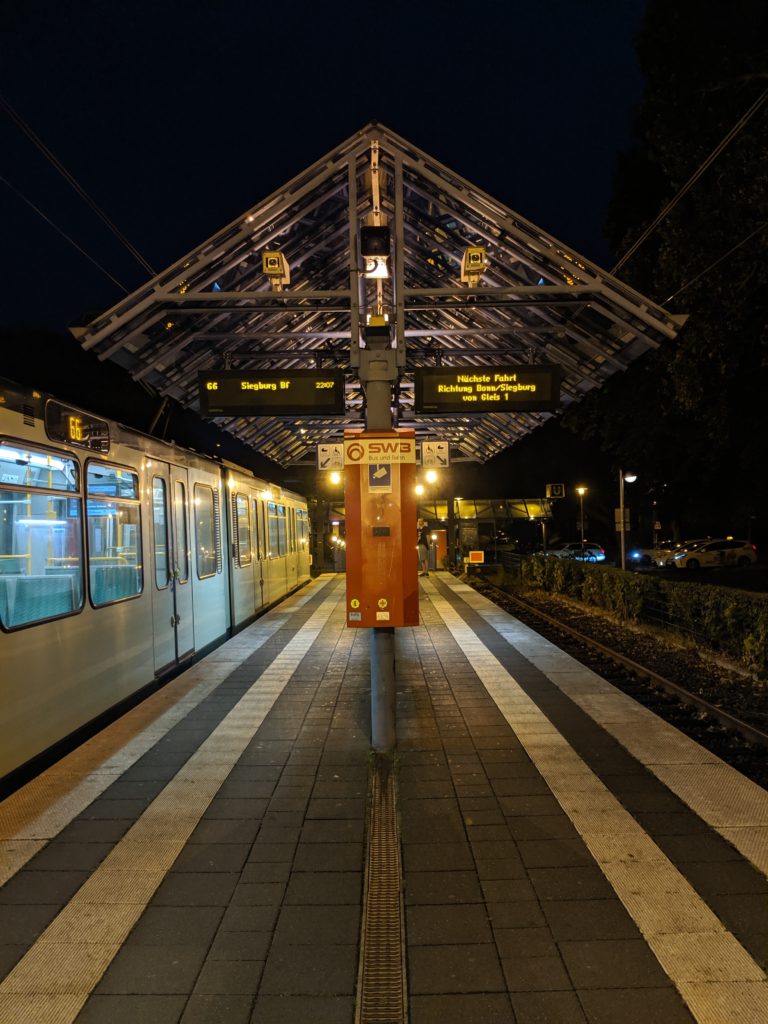By 2050, most people will live in cities. A new report lays out the ways to keep their emissions in check.
BY ALEJANDRA BORUNDA
By 2050, about 70 percent of the world’s population will go about their daily lives in cities. They’ll do all the things that make up a quotidian life: eating, traveling from home to work to school, cool down in the supercharged summers and warm up in the winter, and more.
All of those experiences cost a lot of energy and currently, that energy costs a lot of carbon. Urban dwellers, as a whole, end up being responsible for a whopping three-quarters of all today’s greenhouse gas emissions. But it doesn’t have to be that way, a new report from the Coalition for Urban Transitions stresses: Using technologies and policies that already exist today, cities could cut their carbon emissions by 90 percent by 2050.
That would put a deep cut in global emissions, getting us about 60 percent of the way toward the cuts needed to stave off warming beyond the 2 degrees Celsius (3.7 degrees Fahrenheit) target agreed to in the 2015 Paris Agreement.
“Most people live in cities, and most emissions come from cities,” says Christiana Figueres, the vice-chair of the Global Covenant of Mayors. “As cities go, so does the climate.”
Buildings, buildings, buildings
The technologies and policies to make cities more climate-friendly already exist, the report says.
The biggest lever to pull? First and foremost, cities need to build better buildings, or better yet, retrofit the ones they already have so they use a lot less energy.
(See how experts envision a sustainable city of the future).
In the report’s calculations, about 30 percent of all urban emissions could be cut by 2050 by making buildings more efficient. And another 30 percent could be gained by electrifying the big energy hogs that currently run primarily on fossil fuel power—like heating and cooling systems, lights, and stoves—with renewable sources like solar or wind.
That means tightening up all the cracks in buildings so that they leak less heat or cooled air. Even better would be redesigning them so they don’t rely so heavily on energy-hogging technologies that have become the norm in many North American and European designs.
“We build these buildings and put expensive HVAC systems and lighting systems in them as these technical fixes, but had that same building been built with consideration for light and air movement—things we used to do in this country before this technology existed—we probably could have created something less complex,” says Maureen Guttman, an architect and expert in green building design.
Re-designing and retrofitting buildings is a big challenge, but one that we know how to accomplish, says Debbie Weyl, an expert on buildings at the World Resources Institute, who just authored separate report on the future of zero-carbon buildings. Many cities are clamoring for help doing just that. In Mexico City, for example, a project to help a few buildings decarbonize snowballed. In 2015, there were four buildings in the program, then 15; by this year, about 800 buildings across the city were engaged in major carbon reduction projects.
Progress has to be fast, and it has to start now, Weyl stresses. Previous research suggests that to reach the Paris targets, buildings around the world need to get about 3 percent more efficient each year, says Weyl.
The other levers to pull
Fixing up buildings can take a, 60-percent bite out of the urban carbon emissions apple. Another big chunk, just over 15 percent, comes from using better or different materials to build the buildings, vehicles, roads, and railways that scaffold human existence. That means less new concrete and steel, glass, and chrome.
“The greenest building is the one that already exists,” says Guttman.
Another 20 percent reduction could come from untethering transportation from its current carbon addiction. In cities, that could be done by building out effective public transportation systems or switching out personal cars for drive shares.
Over 10,000 cities have made commitments to reduce their carbon emissions drastically by 2050. They can probably achieve about a third of that goal on their own, the report says. But they can’t hit the kinds of targets they want—close to net-zero emissions—without cooperation and collaboration from national governments.
For buildings emissions reductions, for example, the kinds of changes cities can control directly—like better insulating their walls—can get them about halfway to their goals. But to get all the way there, the buildings need to run on green electricity, and that requires changes to the energy grid that only states or national governments can control.
“This is really not something that city governments can deliver alone,” says Sarah Colenbrander, the lead author of the report. “We can’t keep passing the buck to them and expect them to solve all the problems.”
Repost from National Geographic
